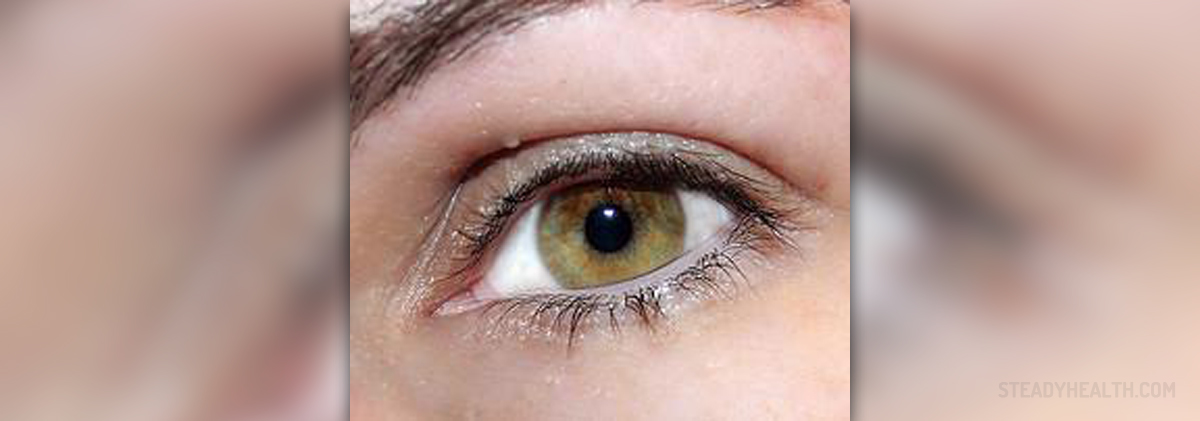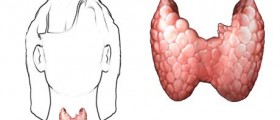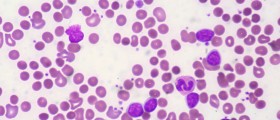
Overview of Thyroid Gland Function
The primary aim of the thyroid gland is to produce hormones which regulate various bodily functions, mainly those related to metabolism. In cases in which the thyroid gland is inactive the individual will suffer from problems including dry skin, weight gain, chronic tiredness, sensitivity to cold, and so on. On the other hand, if the gland is over stimulated the persons will experience intolerance to heat, weight loss, heart problems, and irritability.Eye Problems and Hypothyroidism
Regardless of the fact that the thyroid gland is located in the neck, its malfunction affects the whole organism, including the function of the eyes. Vision problems associated with thyroid gland anomalies occur whether the gland is over active or inert. The most common symptom of such problems includes bulging of the eyes. Eye problems induced by thyroid gland defects are called Graves’ disease, and the condition is far more prevalent in females than it is in males. Women who are most likely to be affected are in early to mid adulthood. The onset of the condition can be fairly sudden while its duration is difficult to estimate. When occurring in children, the Graves’ disease is often less intense and shorter in the length of action. In addition, the pattern of development of the condition is fairly clear, but the exact causes still remain unknown. It is understood and generally accepted as a premise that the immune system plays a substantial role in the development and maintenance of the symptoms. While the main purpose of the immune system is to keep infections away, it some instances it can speed up the process of inflammation. The main sign of the thyroid gland induced eye problems is the swelling of the tissue that surrounds the eye.Symptoms of Grave’s Disease
As is the case with many other medical disorders, the signs of Grave’s disease are not unique to the disorder. Rather, they can signal different types of problems so it is important to go through a thorough diagnostic process in order to be certain. Nevertheless, some of the most commonly observed symptoms include swelling of both eyes, which is usually followed by bulgy eyelids. Seeing double is also another commonly observed occurrence in people affected by Grave’s disease. Irritation in the eyes coupled with itchiness and watering is associated with the condition as well. Changes in vision and reduced ability to differentiate between colors regularly appear as symptoms of thyroid gland eye problems. Due to the fact that both the eyes and the eyelids are swollen the patients have difficulties with closing the eyes, especially when trying to sleep. In any case, the swollen eyes are the most noticeable signs of the disease and they are present in over 80 percent of the cases. The augmentation is primarily caused by a build up of fat and liquid. The more the eyes are exposed the drier and more irritated they’ll become. The bloating in the eyes may be so intense that the pressure increases to such extent as to cause glaucoma. Other less visible symptoms include stiffness of the eye muscles. As a result the person is seeing double for both eyes are unable to follow an object simultaneously. In cases of prolonged illness the eye muscles may be permanently damaged and progressively less able to perform movements. Lastly, the optic nerve may become so burdened as to cause substantial vision loss or even complete blindness.Diagnosis and Treatment Grave’s Disease
The primary medical care provider refers the affected patient to an eye doctor, or an ophthalmologist, for a thorough testing. By physical examination the specialist is able to make an assumption that the person is suffering from Grave’s disease. Image scanning is often used to support the diagnosis. MRIs, CT scans, as well as ultrasounds of the eyes give accurate results based on which trained professional can make reliable diagnoses. The image scans will reveal the inflammation and the stiffness of the muscles. When it comes to treatment of the disorder, it should be noted that maintaining optimal functioning of the thyroid gland and eliminating the underlying problem does not affect the anomalies produced on the eyes. Further, not all patients suffering from thyroid gland problems will go on to develop vision complications, and it is fairly difficult to express an outcome in advance. In some mild cases of the disease eye drops are usually sufficient to elevate the symptoms. Patients with more advanced disease might require laser surgery to correct the damage. Sometimes surgical procedures are necessary to loosen the eyelids and allow them to cover the eyes easily. Typical forms of infection are fought off with antibiotics that are taken for a few weeks. Vision problems may be fixed using special kinds of glasses. Lastly, steroid based medication and even radiation are known to help with the eye problems.










-And-Children-16-Warning-Signs-And-Symptoms_f_280x120.jpg)

-During-Pregnancy_f_280x120.jpg)



Your thoughts on this
Loading...